
Rocky Mountain coal mine in Alberta takes next step to expansion
In Alberta, a massive open-pit coal mine near Jasper National Park is hoping to expand...
The B.C. government has committed to protecting 30 per cent of the province’s land by 2030, joining global efforts to protect nature and reverse potentially disastrous biodiversity loss.
The commitment to double B.C.’s current land protections was made in Premier David Eby’s mandate letter to Nathan Cullen, B.C.’s new Minister of Water, Land and Resource Stewardship. Eby instructed Cullen to ensure land operations in the province guarantee sustainability for future generations and to work closely with Indigenous communities to achieve that goal.
“We have seen the impacts of short-term thinking on the British Columbia land base — exhausted forests, poisoned water and contaminated sites,” Eby’s letter states. “These impacts don’t just cost the public money to clean up and rehabilitate, they threaten the ability of entire communities to thrive and succeed.”
The letter instructs Cullen to partner with the federal government, industry and communities, and to work with Indigenous communities to reach the 2030 protection goal, including through the creation of Indigenous Protected and Conserved Areas. Indigenous Protected and Conserved Areas (IPCAs) are gaining recognition worldwide for their role in preserving biodiversity and securing a space where communities can actively practice Indigenous ways of life.
“By planning carefully, we can ensure our province enjoys the best of economic development while conserving wild spaces,” Eby writes. “Indigenous partners in this critical work can bring their expertise, knowledge and priorities to the table to ensure this effort lasts for generations.”
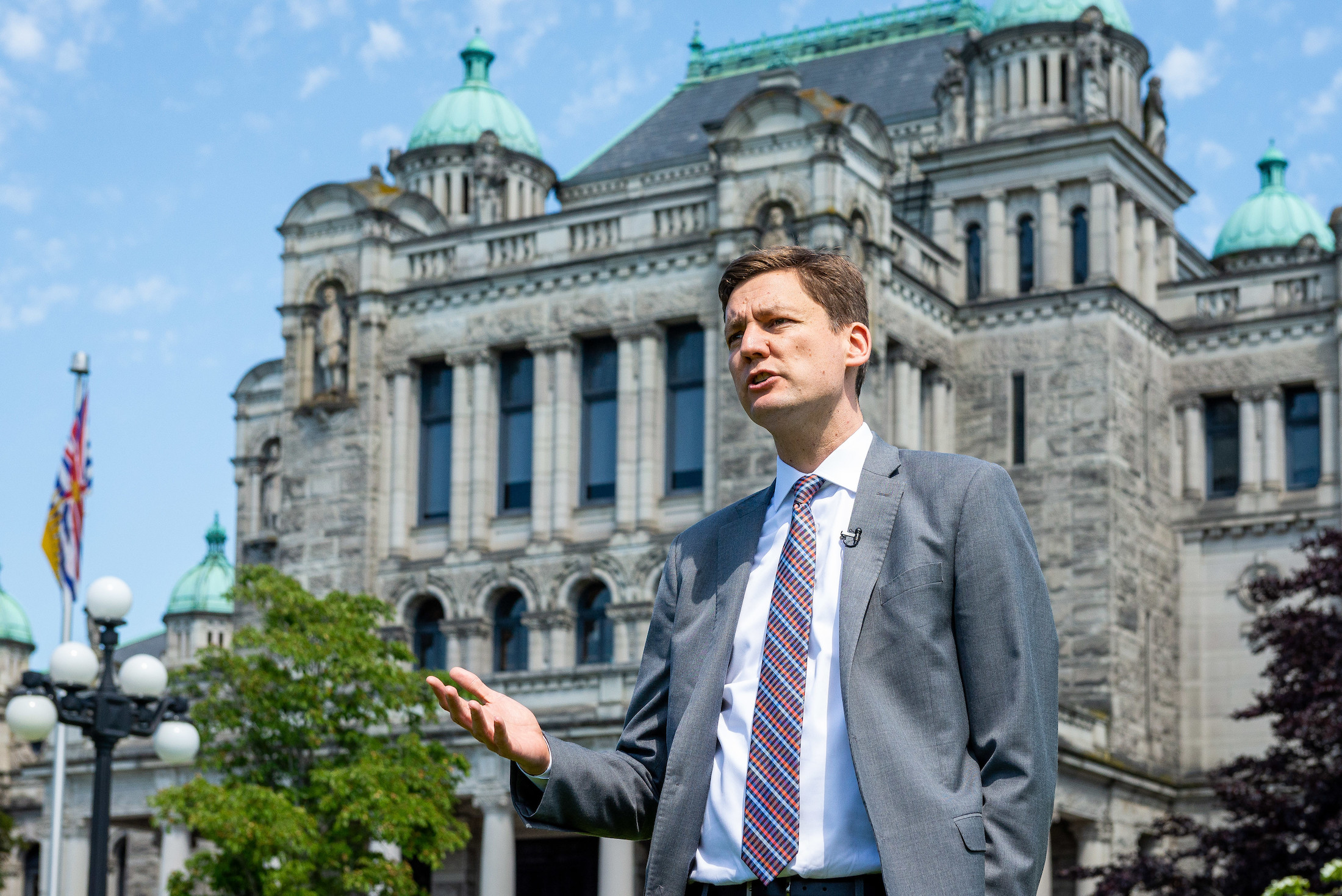
B.C. is poised to announce a long-awaited nature agreement with the federal government that will include a commitment to new protected areas and, according to internal documents obtained by The Narwhal, new protections for “high profile” species such as boreal caribou and spotted owls. The agreement is referenced in Cullen’s mandate letter, but no details are provided other than that it includes the goal to protect 30 per cent of the province by 2030.
About 15 per cent of B.C.’s land is currently conserved in provincial and federal protected areas.
All members of B.C.’s new cabinet received mandate letters Dec. 7 following a cabinet shuffle that saw Cullen’s predecessor Josie Osborne moved to the Ministry of Energy, Mines and Low Carbon Innovation.
In Cullen’s letter, Eby also asks the MLA for Stikine to work with other ministries to develop a “new conservation financing mechanism to support protection of biodiverse areas.”
Conservation groups were quick to applaud the commitments — made as delegates from around the world gather in Montreal for COP15, the United Nations biodiversity conference — calling the news “very encouraging,” “fantastic” and “worthy of international and national attention.”
“It’s great to see provinces like B.C. and Quebec recognizing that the environment and protecting nature is critical, not just for nature, but for the well-being of people and the prosperity of our society,” Dan Kraus, director of national conservation for Wildlife Conservation Society Canada, told The Narwhal, referring to a recent commitment by the Quebec government to protect 30 per cent of its territory by 2030.
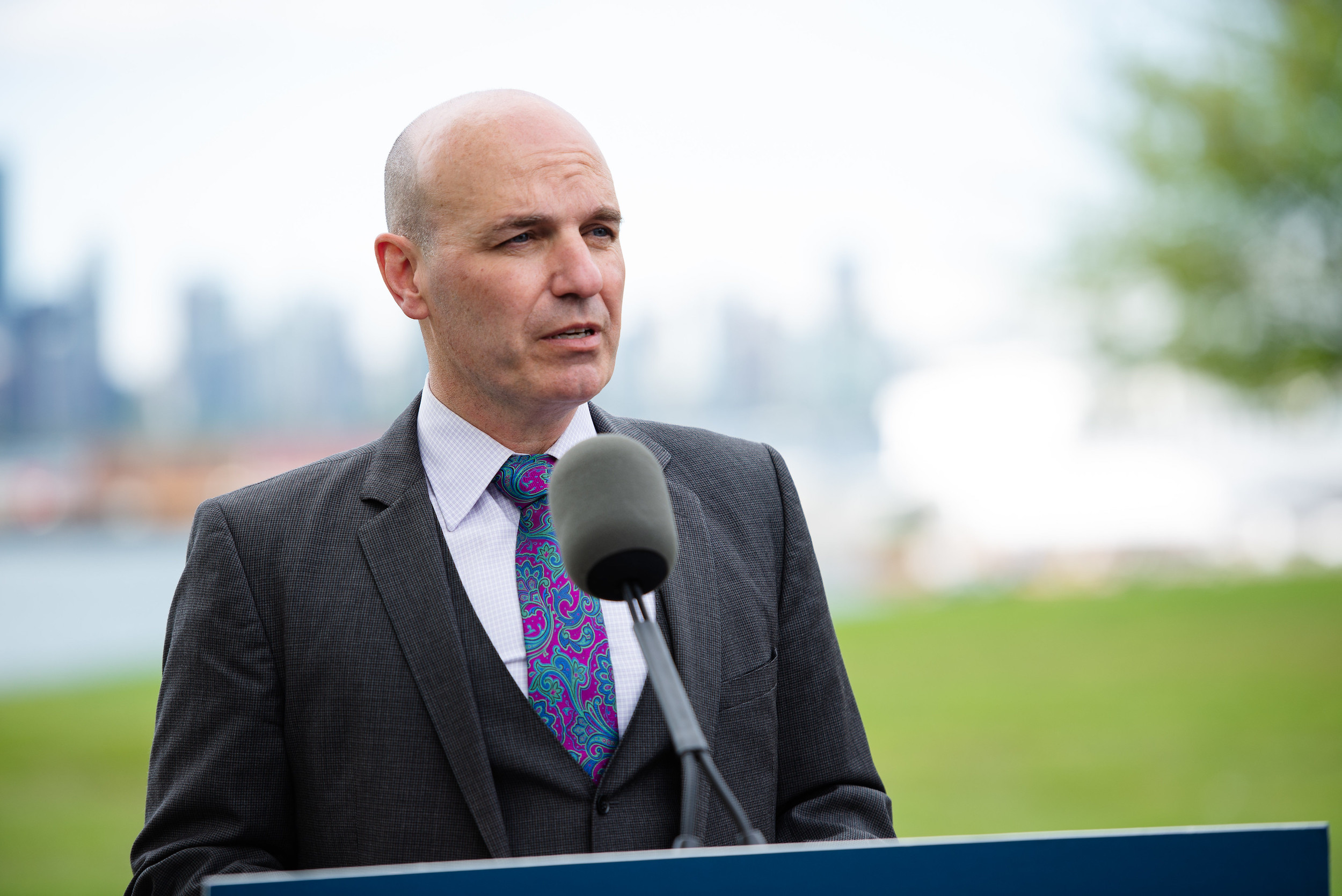
Ken Wu, executive director of the Endangered Ecosystems Alliance, said B.C. should be commended for committing to federal targets for protecting nature and biodiversity.
“It’s more than what most provinces have done,” Wu said in an interview. “With the exception of Quebec, most provinces have been conservation laggards both in terms of target and in terms of providing funding. So this is an important step.”
Gillian Staveley, director of land stewardship and culture with the Dena Kayeh Institute, said she is pleased the B.C. government is “finally” talking about Indigenous Protected and Conserved Areas. She praised the “cross-government approach” and called the minister’s letter a “strong mandate.”
“We look forward to rolling up our sleeves and meeting with Minister Cullen as soon as possible to get discussion underway in the work with B.C. to really make our proposed IPCA a reality for the benefit of all British Columbians,” Staveley texted as she boarded a flight to Montreal to attend COP15.
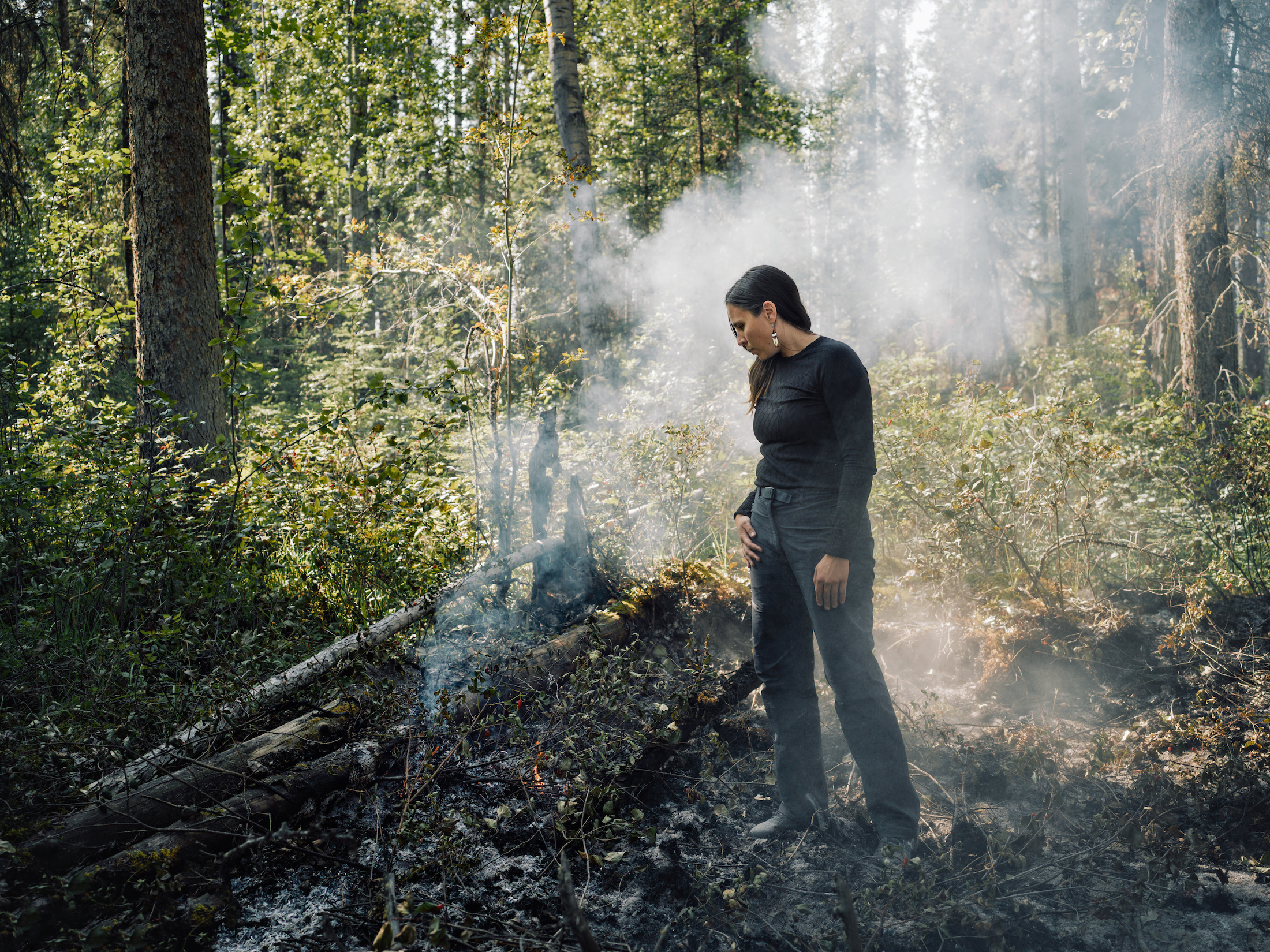
The Kaska Dena aim to protect a wildlife-rich area in their territory, known as the “Serengeti of the North,” through a proposed Indigenous protected area that would conserve a 40,000 square-kilometre region.
The Kaska protected area in northern B.C. would surround or connect to six existing protected areas, conserving watersheds and critical habitat for caribou and other species at risk of extinction while creating sustainable jobs. Staveley noted that Cullen has always been supportive of Dene K’eh Kusān, which in Kaska Dena means “always will be there.”
“Having 30 by 30 as a policy priority is also a big step towards the action we need,” Staveley said. “It leaves us hopeful that Premier Eby intends to be an activist premier and he understands the urgency to getting these protections in place to address climate change and loss of biodiversity.”
Wu and Kraus said they will be watching closely to see which areas of B.C. are protected, noting it’s of paramount importance to conserve areas at the highest risk of biodiversity loss.
Kraus called B.C. the “biodiversity jewel” of Canada. The province has almost 700 globally imperilled species, more than any other province or territory, and a high number of globally threatened ecosystems — 88 at last count, but Kraus noted that ecosystems are not tracked nearly as well as individual species. B.C. also ranks number one in Canada for endemic species, which top 100. Endemic species do not occur naturally in any other part of the world.
“What happens in B.C. is critical for meeting both national and global biodiversity targets,” Kraus said.
Places with high numbers of threatened species and globally imperilled ecosystems include the Lower Mainland and Okanagan area in B.C.’s interior, as well as the provincial capital area of Victoria where almost nothing remains of the now-rare Garry Oak ecosystem that once carpeted the region.
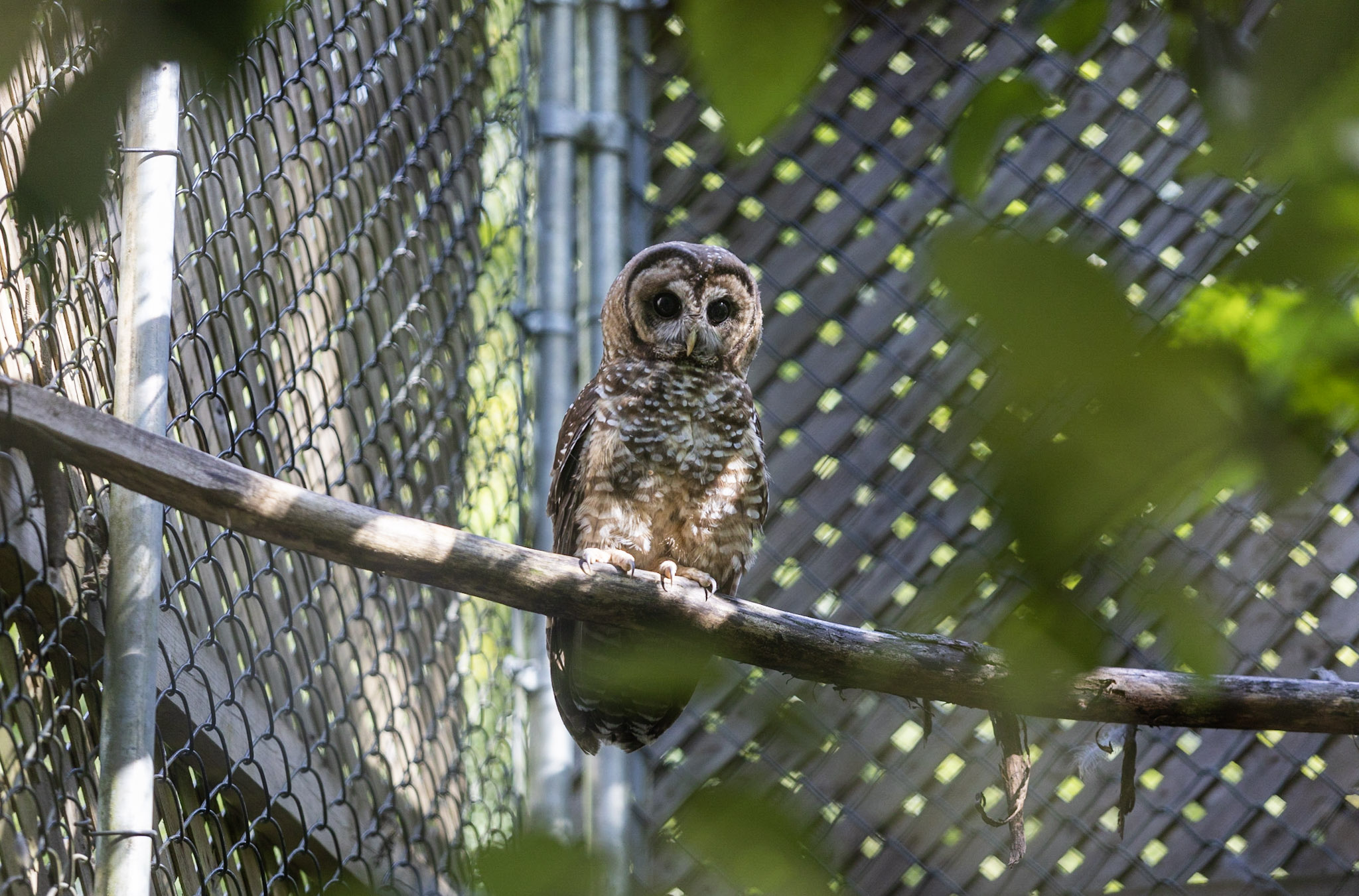
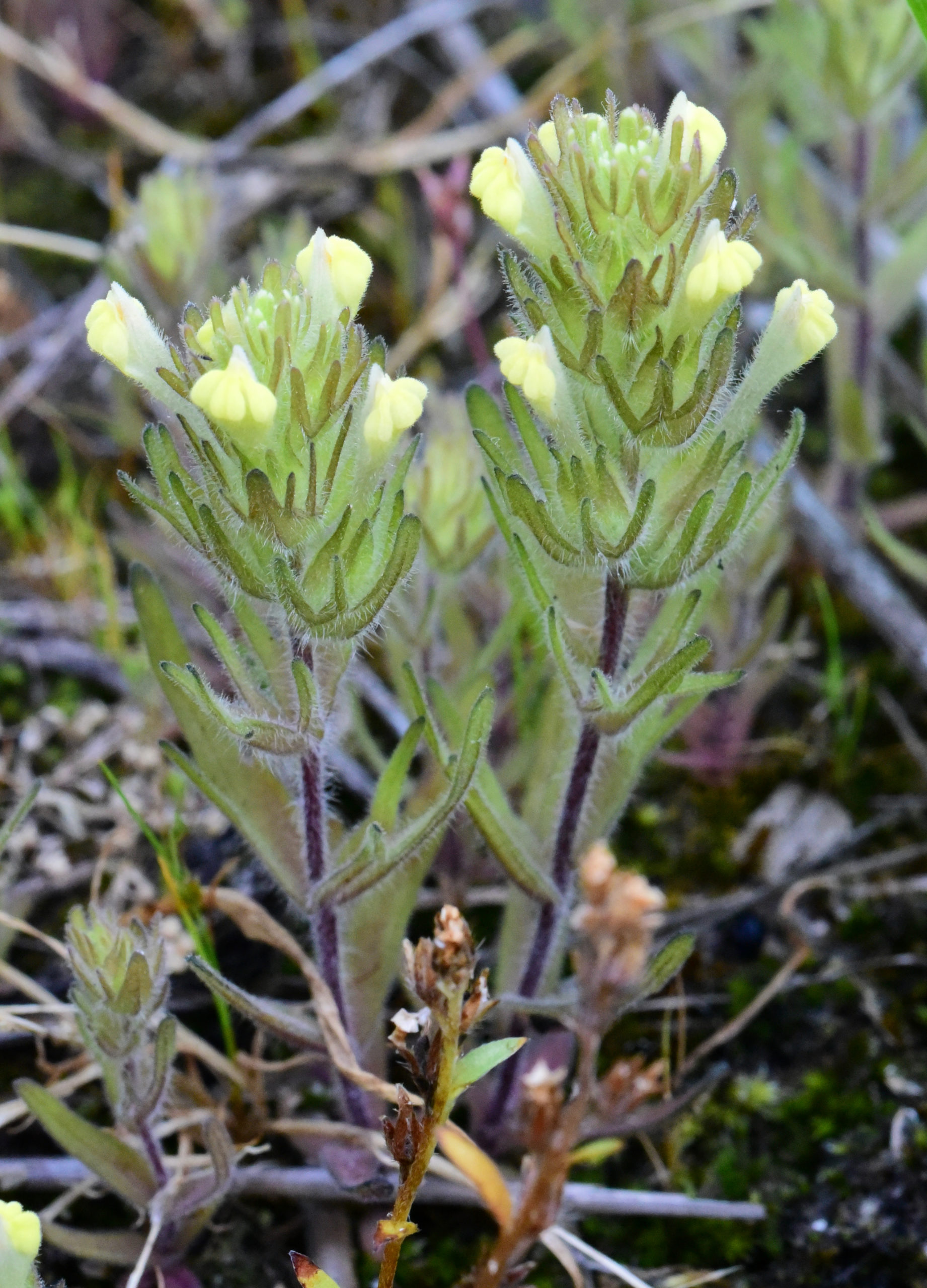
“We do know where those places are,” Kraus said. “And that focus on biodiversity areas allows us to protect habitat that will [conserve] a whole bunch of species at risk — globally imperiled species [and] nationally imperiled species that aren’t yet listed under the Species At Risk Act … we can be proactive in conserving them by protecting those habitat areas.”
Eby’s letter also instructs Cullen to “protect wildlife and species at risk.” It makes no mention of enacting a stand-alone law to protect B.C.’s growing number of species and ecosystems at risk of extinction, as promised in the 2017 mandate letter for B.C. Minister of Environment and Climate Change George Heyman — but then quietly dropped by the B.C. NDP government.
Instead, Cullen is asked to protect and enhance B.C.’s biodiversity by implementing the recommendations of an old-growth strategic review panel and a somewhat vague, previously announced strategy called Together for Wildlife.
Wu said Eby’s commitment to create a new conservation financing mechanism “may just be words” but the words signify the province is on the right path to establish economic development funding for First Nations tied to protecting places at the greatest risk of biodiversity loss.
“If they follow through with that, without spin, then that is a monumental leap forward,” he said, cautioning that the province has undertaken “creative accounting” in the past regarding how it counts protected areas. Designations such as old-growth management areas, ungulate winter range and wildlife habitat areas lack permanence or the standards of legally protected areas, Wu pointed out.
“Some of these conservation regulations are sort of like the cryptocurrency of protected areas,” he said.
Other key elements of Cullen’s mandate include working with First Nations to “improve the protection and stewardship of forest resources, habitats, biodiversity and cultural heritage in the Great Bear Rainforest Agreement” and to “work toward modern land use plans and permitting processes rooted in science and Indigenous knowledge that consider new and cumulative impacts to the land base.”
Cullen was also instructed to work with the Ministry of Forests to begin implementation of recommendations made by an old-growth strategic review panel, which called for a paradigm shift in the way B.C. manages its forests and immediate deferrals from logging for old-growth forests at the highest risk of biodiversity loss.
In a 2019 United Nations report, scientists warned global biodiversity is declining at an unprecedented rate, with about one million species facing extinction. They also said there is still time to turn things around with transformative change.
At the biodiversity conference underway in Montreal, close to 200 countries are working to finalize an agreement to reverse biodiversity loss and avoid devastating outcomes from the sixth mass extinction event in the Earth’s history, caused by human activity.
The global agreement aims to halt and reverse biodiversity loss by 2030 and achieve its full recovery by 2050.
Wu said B.C. must develop protection targets for all ecosystems and prioritize protection for the most endangered and least represented ecosystems. Economic development funding for First Nations should be tied to the protection of the most at-risk most productive old-growth forests, he said. Old-growth forests with the highest productivity — the biggest trees and the most species at risk of extinction — are found in valley bottoms.
Wu said the province will “get the job done” with a land acquisition fund that can also be used to buy private lands with endangered ecosystems.
“If they protect the valley bottoms, southern parts of the province, lower elevations most at risk, [and] old-growth forests and ecosystems, then they could put an end to the 50-year-old war in the woods.”
Get the inside scoop on The Narwhal’s environment and climate reporting by signing up for our free newsletter. A $335 million funding commitment to fund...
Continue reading
In Alberta, a massive open-pit coal mine near Jasper National Park is hoping to expand...

A trade war could help remake B.C.’s food system, but will family farmers be left...

First Nations are leading efforts to make sure lake sturgeon can find a home in...
